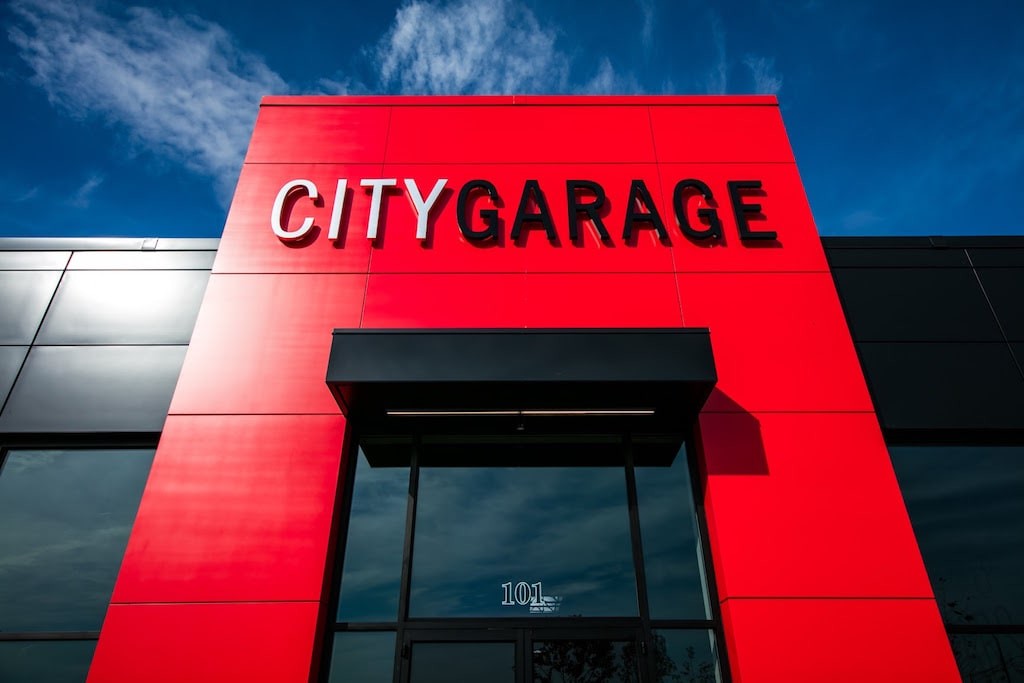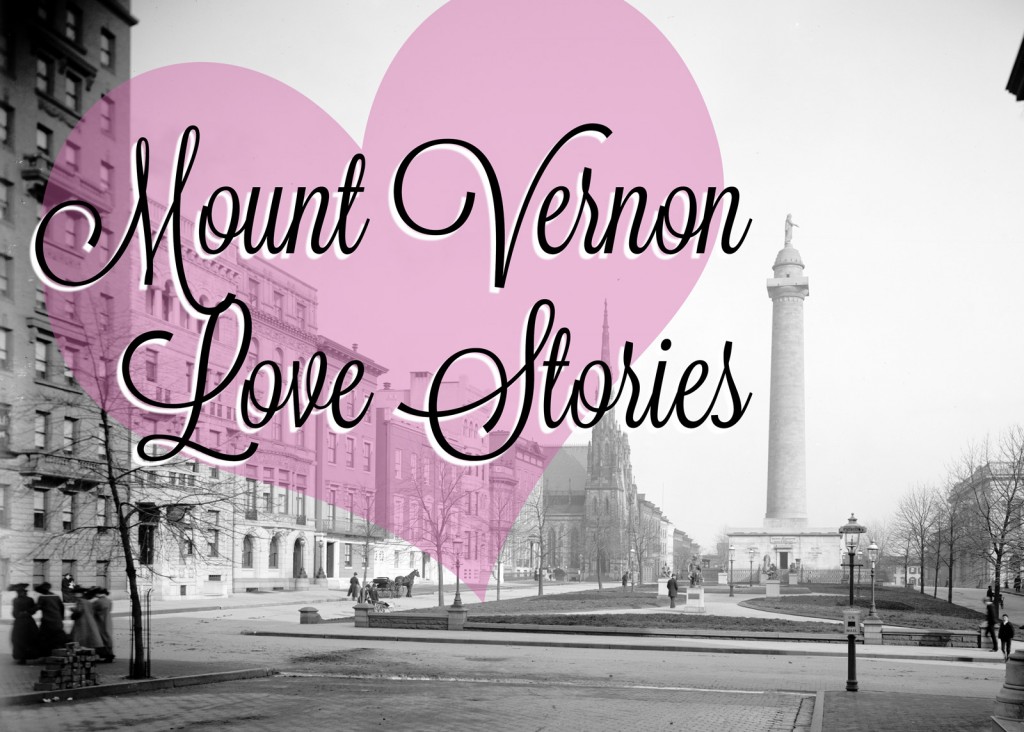Our upcoming tours give you an insider’s look at one of the most talked about projects in Baltimore, let you step into an often overlooked gem at the Maryland Zoo and tell the love stories of Mount Vernon. We are also bringing back our popular Monumental City tours on Sundays from April to November!
On April 14, our Port Covington tour offers a behind-the-scenes tour of the City Garage and a chance to talk with Sagamore Development about their vision for the future of South Baltimore. Originally developed in 1904 around the end line of the B&O Railroad, the Port Covington area is today poised to become Baltimore’s largest urban redevelopment project.
For our Maryland House tour, Tony Azola of the Azola Companies and Lori Finkelstein of the Maryland Zoo will guide you through an architectural gem located just next to the Rogers Mansion. The Maryland House was built for the 1876 Centennial Exhibition in Philadelphia and then rebuilt on the Zoo grounds. Special thanks to Preservation Maryland for co-hosting this tour! We also will hold our Mount Vernon Love Stories tours (rescheduled from a very cold Valentine’s Day weekend) on April 9 at 11:00 am and 1:00 pm.
Finally, our Monumental City tours return starting April. These tours are a great way to explore Baltimore on Sunday mornings. Join us for as we explore Jonestown and the Shot Tower (1st Sunday); Landmarks and Lions Downtown (2nd Sunday); Mount Vernon and the Washington Monument (3rd Sunday); and the Patterson Park Observatory (4th Sunday).




